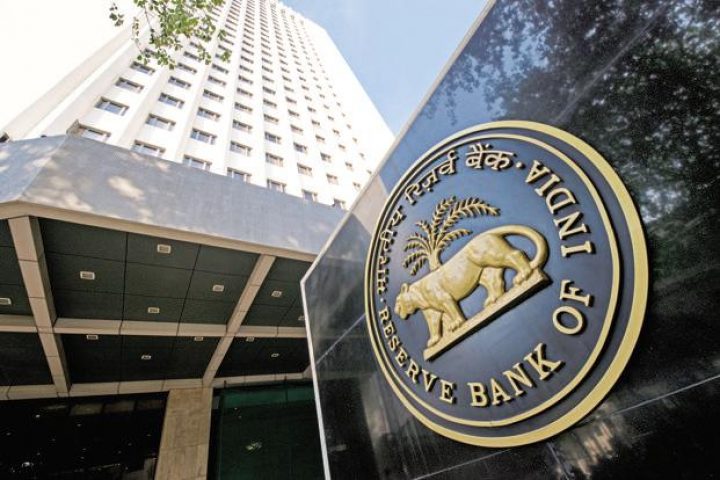
RBI’s forex operations risk India being tagged currency manipulator.
Mumbai: The Reserve Bank of India’s (RBI) persistent interventions in the foreign exchange market has put India at the risk of being tagged a currency manipulator, according to a report.
“We note that RBI’s intervention is not without repercussions and apart from direct monetary cost, sustained interventions has also brought India close to entering US watch list for currency manipulation,” Edelweiss Securities Ltd’s Bhupesh Bameta and Parin Shah, wrote in a report dated 16 August.
The US Department of Treasury releases a semi-annual report to the Congress on International Economic and Exchange Rate Policies. The report highlights the currency practices adopted by major trading partners of the US.
The next report is expected in October.
According to Edelweiss, the report has recently gained importance because of President Donald Trump’s rhetoric that the US is no longer willing to tolerate unfair trade practices, like currency manipulation, of its major partners.
In the report, the treasury department comes with a monitoring list of trading partners for their currency practice. It uses three criteria to come up with the list. First, the bilateral trade surplus with the US is at least $20 billion. Second, if the current account surplus is at least 3% of the gross domestic product (GDP). Third, if there has been persistent, one-sided intervention where net purchases of foreign currency are conducted repeatedly and such total is at least 2% of an economy’s GDP over 12 months. To arrive at persistence intervention, the department will consider if there has been net foreign exchange purchases for eight of the 12 months.
India fulfils the first and the third conditions, according to the Edelweiss report.
“India has a trade surplus of around $23 billion for the year ended June 2017, meeting the first condition,” it said. While the net accretion to forex reserves, including those in the spot as well as forwards market, is less than 2% of GDP, it has intervened in nine out of 12 months, the report added.
Surge in foreign inflows in local debt and equity market has led to the active intervention of the central bank in the market to sterilise dollar flows and arrest sharp appreciation in the rupee, according to analysts. Accordingly, forex reserves’ kitty of the country has swollen to a record high of $393.6 billion.
So far this year, the rupee has gained 6.08%, while foreign institutional investors (FIIs) have bought $7.12 billion and $19.50 billion in equity and debt markets, respectively.On Thursday, the rupee closed at 64.03 a dollar, up 0.13% from its previous close of 64.12.
But given surplus liquidity conditions, a common phenomenon since demonetisation, the RBI has also intervened in the forward markets.
When the RBI purchases dollars in the market, it infuses fresh rupees, thereby adding to surplus liquidity. In order to avoid this, RBI has been also entering into forward contracts to negate the impact of its spot interventions on the banking system’s liquidity. Outstanding dollar purchases through contracts are over $17 billion, latest data from the central bank showed.
The RBI has always maintained that it intervenes in the foreign exchange market only to curb undue volatility.
Source:livemint.com
Categories: Stock Market
Sorry, comments are closed for this item.
